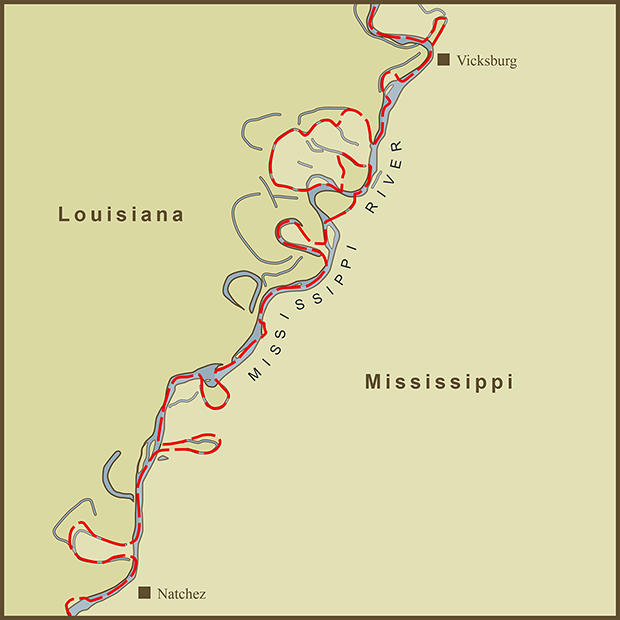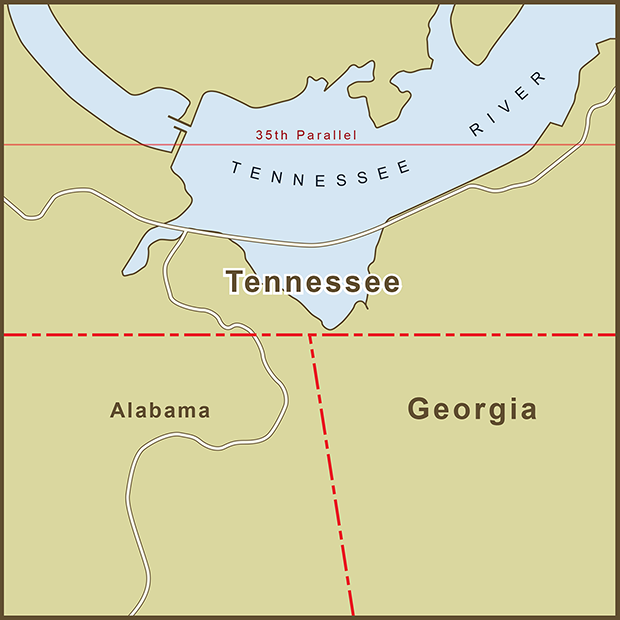This is the “Southwick Jog” also known as Southwick Massachusetts and sometimes mischievously referred to as Southwick Connecticut. There are multiple stories about why the Southwick Jog exists. My favorite: Because if it didn’t exist, the entire state of Massachusetts would slide into the Atlantic! I imagine this one was conjured up by a Yankee woodworker.
Such a small piece of land and yet it took 150 years and five separate surveys to finally resolve. The confusion dates back to a very poorly executed survey executed in 1642 by Nathaniel Woodward and Solomon Saffery who were described as “skillful and approved” artists rather than professional surveyors. They seem to have done the 1642 version of phoning it in. Most surveys of the day involved walking every mile of a survey and staking it out along the way. This dynamic duo seemed to have started out in the wrong place and then jumped in boats to survey the area near the Connecticut River... skipping large stretches of the border on either side. Their border was as much as 8 miles south of the correct one, errors were not fully resolved until 1804, if then.
Between 1642 and 1804, no less than five separate surveys were done. The first one was initiated by Massachusetts. The next two by Connecticut in an attempt to correct the errors of the first, with Massachusetts denying that there was a problem. The fourth was executed by both colonies in an effort to clean things up once and for all. The final one came about as citizens realized they were now living in Connecticut, not Massachusetts and petitioned for the change to be recognized. Their motivation may have been more financial than civic as taxes in Connecticut were lower.
The rest of the border finally corrected and residency settled, the Southwick Jog remains as a symbol of the larger story. The citizens of Southwick were part of a town and parish that was clearly in Massachusetts and this exception was settled and balanced with land elsewhere. But to this day, there remains a small and light-hearted contingent in Connecticut that continues to fight for justice under the banner of, “Take Back the Notch”. They don’t wear uniforms but they do sell t-shirts. Get yours here.
Sources




















